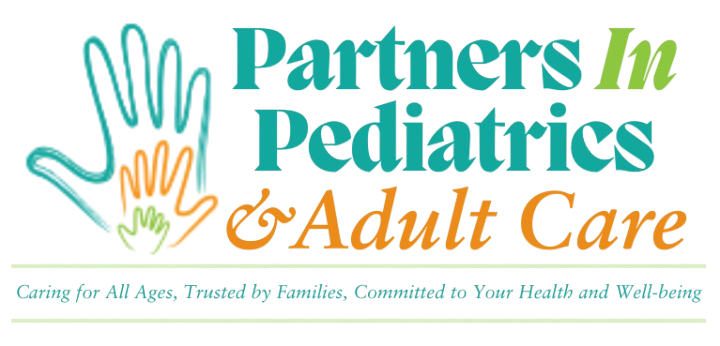
Pediatric Allergies Overview
Children experience allergies much like adults do. However, since young children may have difficulty expressing their symptoms clearly, they might simply appear fussy, irritable, or upset. Parents and caregivers should be aware that children with ear, nose, and throat allergies are more prone to developing ear infections due to differences in ear anatomy compared to adults.
Request an AppointmentCauses of Pediatric Allergies
Allergies are not present at birth but can develop due to hereditary predisposition. Exposure to allergens like pollen, mold, pet dander, certain foods, or medications can trigger allergic reactions once a child reaches a certain threshold. Allergies occur when the immune system overreacts to normally harmless substances, releasing chemicals such as histamine, which cause allergy symptoms.
Symptoms of Pediatric Allergies
Symptoms vary and may include:
- Chronic cold-like symptoms, often seasonal
- Itchy or watery eyes
- Asthmatic symptoms such as coughing, wheezing, chest tightness, and difficulty breathing
- Skin rashes, eczema, or hives
- Repeated gagging, vomiting, or abdominal pain
- Itchiness in the mouth, throat, or ears
Anaphylaxis
Anaphylaxis is a severe, life-threatening allergic reaction that occurs after prior exposure to an allergen, such as bee stings, foods, or medications. It requires immediate emergency treatment. Children at risk must carry an epinephrine autoinjector at all times.
Diagnosis of Pediatric Allergies
Diagnosis involves a physical exam and allergy tests, most commonly skin testing. In a skin test, allergens are applied and scratched into the skin, usually on the arm, and the reaction is observed after some time.
Common Allergens
Common allergens affecting children include:
- Dust mites
- Fur-covered animals
- Insect bites or stings
- Pests like cockroaches or mice
- Pollen
- Molds and fungi
- Foods such as cow’s milk, eggs, nuts, soy, wheat, and shellfish
Treatment of Pediatric Allergies
There is no known way to prevent allergies, so avoidance of allergens is key. Treatments for symptoms may include:
- Antihistamines
- Decongestants
- Corticosteroids (nasal drops or creams)
- Allergy shots (immunotherapy) to reduce sensitivity
For children who have experienced anaphylaxis, carrying an epinephrine autoinjector at all times is critical.
